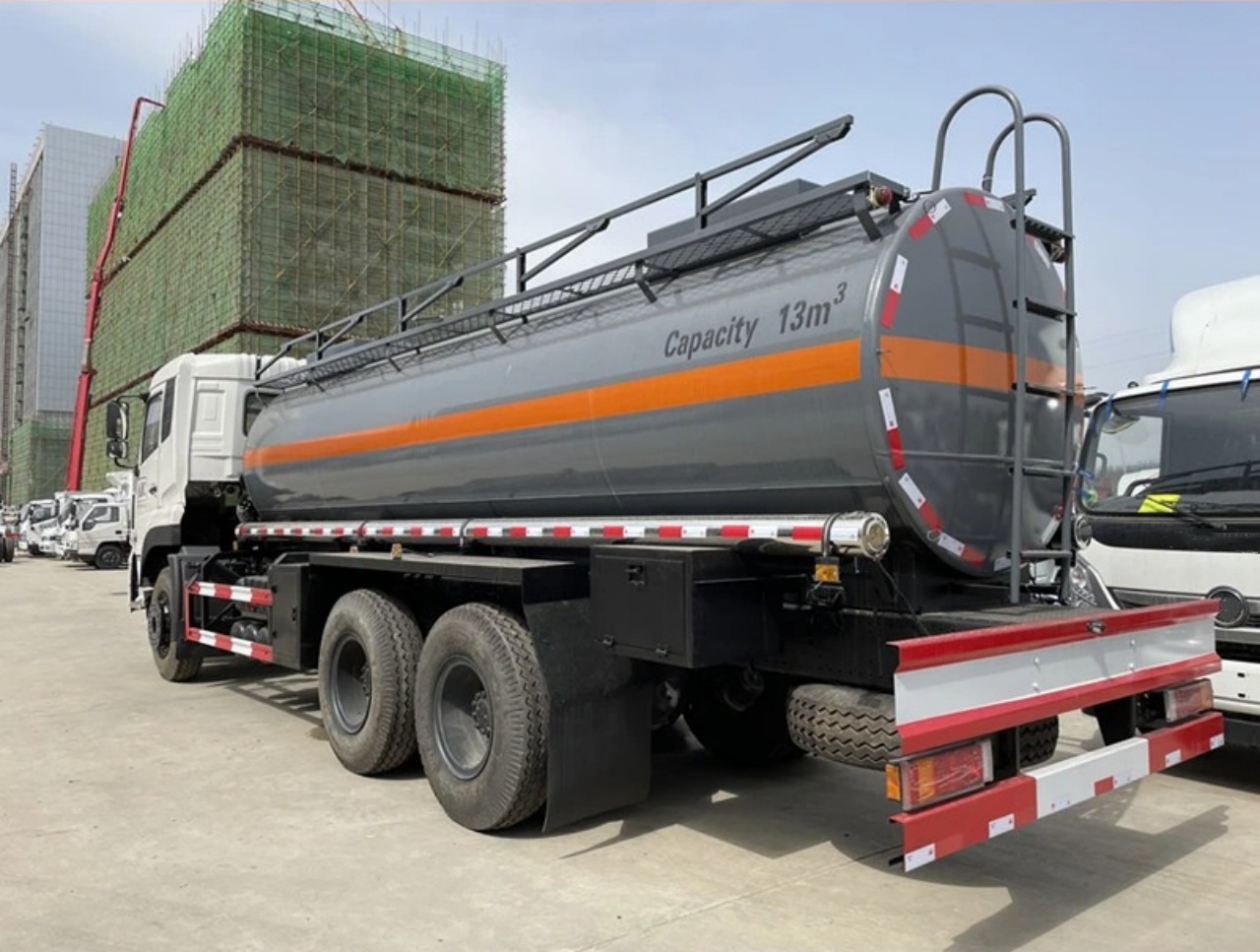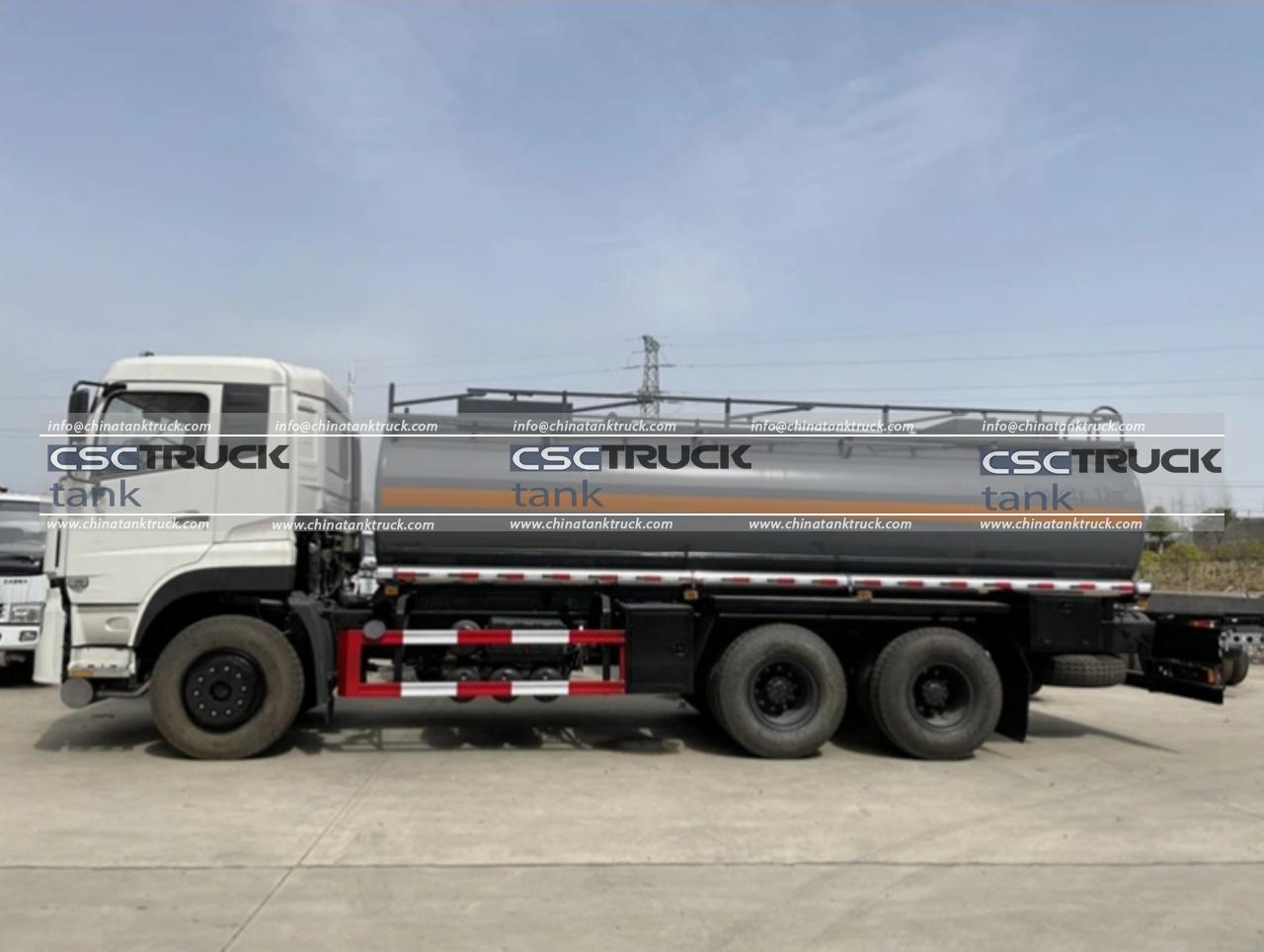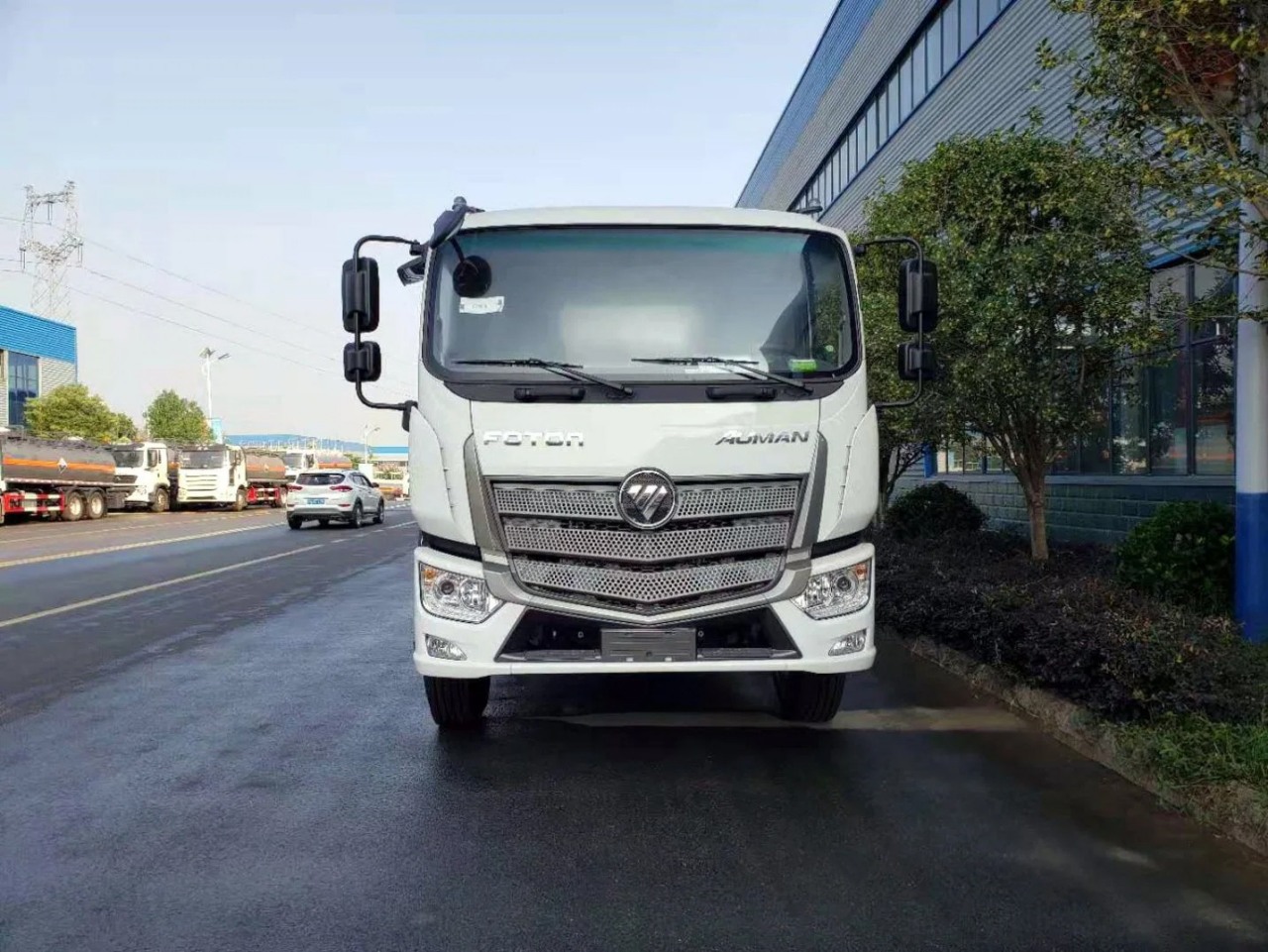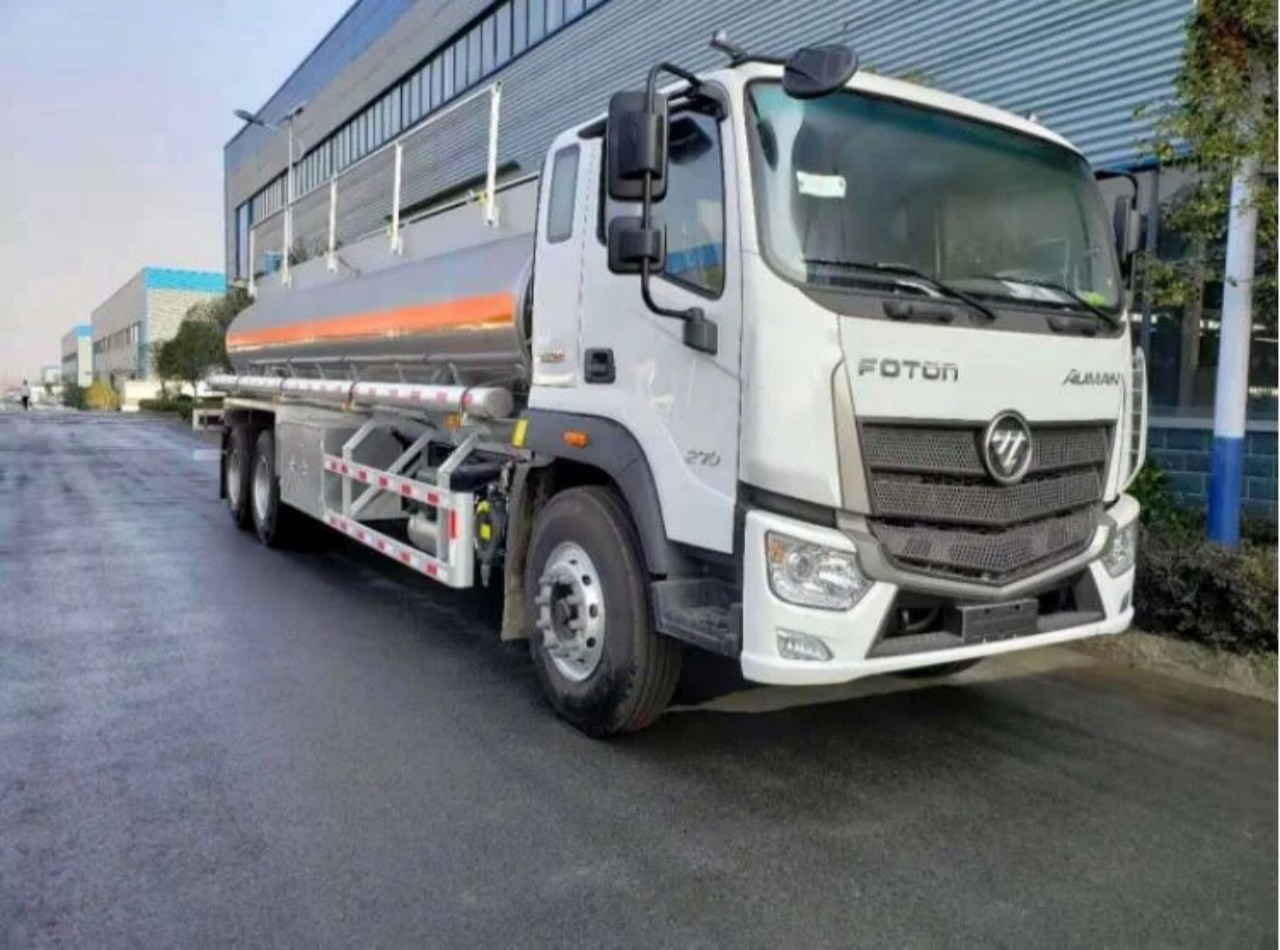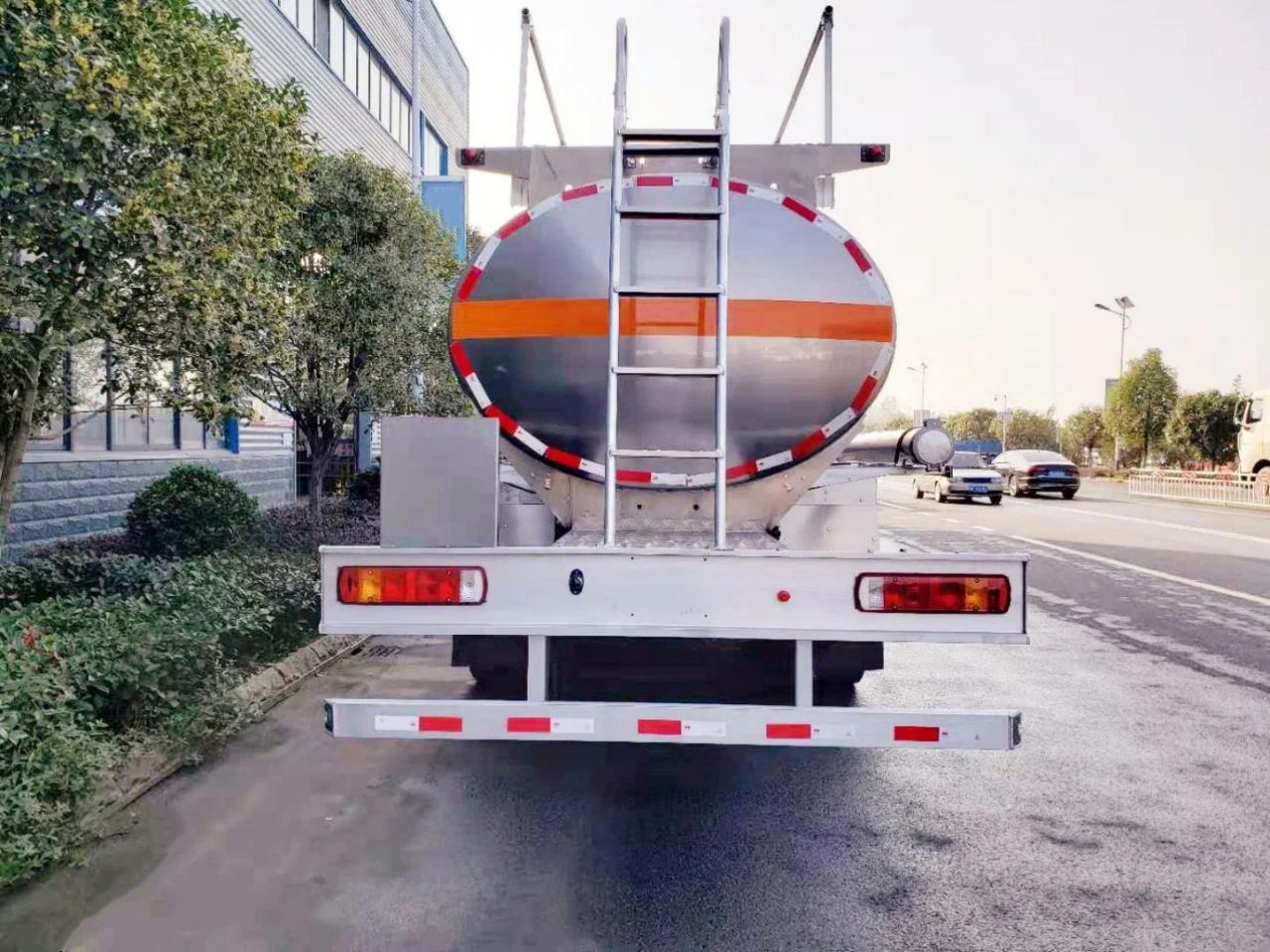Chemical delivery trucks play a crucial role in the logistics and distribution of industrial chemicals, ranging from harmless water-based solutions to hazardous and corrosive substances. These specialized vehicles are designed with safety, regulatory compliance, and efficiency in mind, and their size can vary widely based on the type of chemicals being transported, the quantity required, and the destination’s infrastructure. But when people ask, “How big are chemical delivery trucks?”, they’re often referring to more than just physical dimensions. They’re also asking about capacity, weight, design, and even legal limits. Let’s dive into what determines the size of these trucks and what makes them unique.
1. Categories of Chemical Delivery Trucks
Chemical delivery trucks come in various forms, including:
- Tanker Trucks – Used for liquid chemicals such as acids, solvents, and industrial cleaning agents.
- Dry Bulk Trucks – Designed for powdered or granular chemicals like plastic resins, fertilizers, or cement additives.
- IBC Tote Delivery Trucks – These carry Intermediate Bulk Containers filled with liquid or dry chemicals.
- Compartmentalized Trucks – Feature multiple separate tanks or containers for delivering different chemicals on the same trip.
Each of these categories influences how “big” a truck is, both in physical dimensions and payload capacity.
2. Standard Dimensions of Chemical Delivery Trucks
While truck size can vary depending on region and use case, typical chemical delivery trucks follow standard commercial vehicle sizes. Here are the average dimensions:
Tractor-Trailer Tanker Trucks (Liquid Chemicals)
- Length: 40 to 53 feet (12 to 16 meters)
- Width: 8.5 feet (2.6 meters)
- Height: 13 to 14 feet (4 meters)
- Capacity: 4,000 to 11,000 gallons (15,000 to 42,000 liters)
Rigid Tank Trucks (Smaller Loads or Urban Areas)
- Length: 20 to 30 feet (6 to 9 meters)
- Width: 8 feet (2.4 meters)
- Height: 10 to 12 feet (3 to 3.6 meters)
- Capacity: 1,000 to 3,000 gallons (3,800 to 11,000 liters)
Dry Bulk Chemical Trucks
- Length: 40 to 50 feet
- Tank Volume: 800 to 2,000 cubic feet (22.6 to 56.6 cubic meters)
- Payload Weight: Up to 25 metric tons (depending on local road laws)
IBC Tote Delivery Trucks
These are often box trucks or flatbeds:
- Length: 24 to 40 feet
- Carrying Capacity: 8–20 IBC totes (275–330 gallons each)
3. Payload and Gross Vehicle Weight (GVW)
The payload of a chemical delivery truck—how much chemical it can carry—depends not just on tank size but also on weight restrictions. In most countries:
- GVW limits for trucks are around 80,000 lbs (36,000 kg) for standard road use without special permits.
- Payload is often restricted to 45,000 lbs (20,000 kg) or less once the weight of the truck and tank is accounted for.
Highly dense chemicals (like sulfuric acid) reach GVW limits long before tank capacity is physically filled. That’s why tankers hauling heavy chemicals often appear partially filled—they’re weight-limited, not volume-limited.
4. Tank Construction and Material Choices
The nature of the chemical being hauled affects tank design, which in turn affects overall truck size and weight. Tankers may be:
- Stainless Steel – Common for corrosive or food-grade chemicals.
- Aluminum – Lightweight but less corrosion-resistant.
- Rubber-lined or Glass-lined – For highly reactive or corrosive substances.
These material choices influence both tank volume and tare weight. For instance, a steel tank is heavier than aluminum, reducing the net payload the truck can carry.
5. Regulatory Impact on Size
Chemical trucks must adhere to strict transport regulations:
- DOT (Department of Transportation in the U.S.)
- ADR (Accord européen relatif au transport international des marchandises Dangereuses par Route in Europe)
- UN Recommendations on the Transport of Dangerous Goods
These rules dictate everything from maximum allowed weight to required signage, placards, and spill containment systems. Some regulations may restrict truck access to certain roads, forcing companies to use smaller vehicles in urban or restricted areas.
6. Specialized Equipment Adds Bulk
Chemical delivery trucks often carry extra equipment for safety and unloading, such as:
- Pumps or compressors for unloading liquids or powders
- Heating systems are used to maintain temperature-sensitive chemicals
- Hoses, grounding cables, and vapor recovery units
All of this equipment adds to the truck’s overall footprint and weight, which can impact the “effective size” of the vehicle even if the tank itself is compact.
7. Examples of Common Chemical Truck Types
To give some real-world context, here are examples of commonly used chemical trucks:
Small Delivery Tanker for Urban Areas
- Length: 24 ft
- Capacity: 1,500 gallons
- Used for: Chlorine delivery to municipal pools or small water treatment plants
Large Long-Haul Chemical Tanker
- Length: 48–53 ft
- Capacity: 8,000–10,000 gallons
- Used for: Bulk delivery of acids or solvents to industrial facilities
Dry Bulk Chemical Hauler
- Tank Size: 1,500 cu ft
- Payload: 50,000 lbs of plastic resin
- Used for: Supplying manufacturing plants
8. Factors Influencing Size Selection
The right truck size for a chemical delivery depends on:
- Type of chemical (corrosive, flammable, stable, etc.)
- Volume required per trip
- Distance and road access
- Customer’s on-site unloading infrastructure
- Local regulations and weight limits
For example, a rural chemical plant with a wide turning radius and no strict weight limits may receive full-size tankers, while a downtown laboratory might need deliveries via box trucks carrying totes.
9. Environmental and Efficiency Considerations
Larger trucks offer better efficiency for long-haul deliveries, reducing the number of trips required. However, smaller trucks have less environmental impact on local road infrastructure and can maneuver more easily, especially in populated areas. Some companies are also exploring electric or hybrid options for smaller chemical delivery trucks to reduce emissions.
Conclusion
Chemical delivery trucks range from compact urban vehicles to full-sized long-haul tankers, with sizes dictated by a mix of safety, regulation, and logistical needs. A typical chemical tanker may stretch up to 53 feet in length and carry up to 10,000 gallons of product, but many other configurations exist. The “size” of a chemical truck is as much about what it carries and how it carries it as it is about physical dimensions. Whether hauling corrosive acids, flammable solvents, or powdered chemicals, these trucks are engineered to handle complex challenges with precision and safety. Understanding their size gives us a window into the sophistication and importance of chemical logistics in our modern world.
